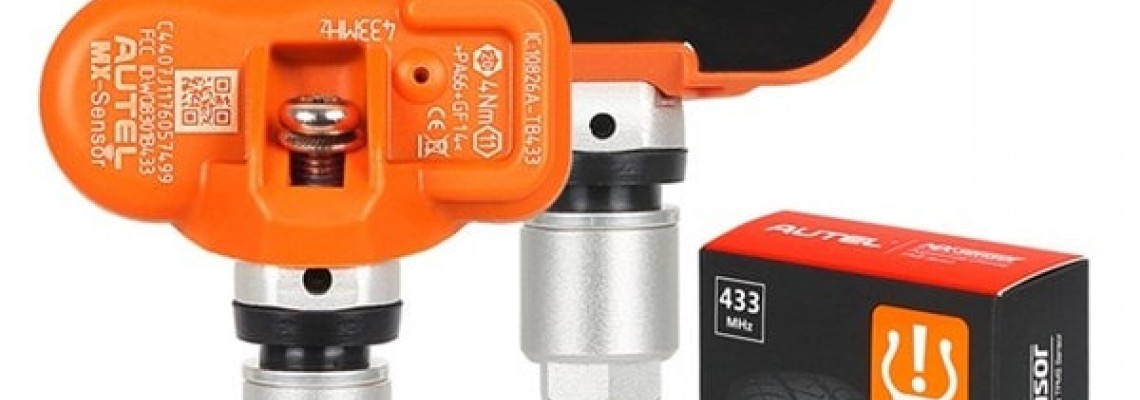
In today's automotive industry, numerous technological
innovations are being developed to enhance vehicle safety. One of these
innovations is the tire pressure sensor. Tire pressure sensors are crucial
devices designed to monitor the air pressure in tires and enhance driving
safety by alerting the driver to low-pressure conditions.
1. What is a Tire Pressure Sensor?
Tire pressure sensors are small devices placed inside each
tire. These sensors measure the air pressure inside the tire and transmit this
information to the vehicle's computer system, providing the driver with
essential information.
2. Working Principle of Tire Pressure Sensor
- Resistance-Based Sensors: Tire pressure sensors
typically use two types of sensors. The first type is resistance-based sensors,
which measure changes in electrical resistance based on the tire's internal
pressure.
- Capacitance-Based Sensors: The other type is
capacitance-based sensors, which measure changes in capacitance based on the
tire's internal air pressure.
3. Why Use Tire Pressure Sensors?
- Safety: Tire pressure sensors detect low-pressure
conditions, reducing the risk of tire blowouts and alerting the driver.
- Fuel Efficiency: Proper tire pressure increases
fuel efficiency, as underinflated tires can lead to higher fuel consumption.
- Tire Lifespan: Adequate pressure extends the
lifespan of tires, while overinflated or underinflated tires can cause
premature wear.
4. What Does a Tire Pressure Sensor Do?
If tire pressure sensors detect low or high pressure or a
sensor malfunction, they alert the driver through warning lights or messages,
and a malfunction indicator light may illuminate on the vehicle's dashboard.
5. Legal Regulations Regarding Tire Pressure Sensors
In many countries, the use of tire pressure sensors in
vehicles is a legal requirement. These regulations aim to enhance driver safety
and detect tire-related issues in advance. Tire pressure sensors play a crucial
role in driving safety, fuel efficiency, and tire lifespan. Vehicle owners
should regularly check tire pressures and ensure the proper functioning of tire
pressure sensors for a safe driving experience and improved performance of
other vehicle safety systems.
Advantages of Using Universal Tire Pressure Sensors
In today's rapidly evolving automotive technologies,
innovations have been introduced to enhance driving safety and vehicle
performance. One such innovation is universal tire pressure sensors,
technological components compatible with different makes and models, offering
several advantages.
1. Brand and Model Independence
Universal tire pressure sensors, as the name suggests, have
features that make them compatible with any vehicle brand or model. This
provides vehicle owners with a wide range of options and eliminates the need
for sensor replacement when transitioning to different vehicles.
2. Easy Installation
Universal tire pressure sensors are generally easier to
install than standard sensors. They do not require special mounting and often
align with the existing tire pressure sensor position in the vehicle. This
facilitates a quicker and easier installation process for users.
3. Economic Benefits
While brand-specific sensors may be more expensive,
universal sensors are typically more budget-friendly. This allows vehicle
owners to find a cost-effective option that fits their budget.
4. Compatibility with Monitoring Systems
Universal tire pressure sensors often work seamlessly with
the vehicle's factory monitoring systems (TPMS). This preserves the performance
of the original monitoring system while allowing the sensor to provide accurate
and reliable data.
5. Adaptability to Various Weather Conditions
Universal sensors are generally resistant to various weather
conditions. Their resilience to temperature changes, humidity, and dust ensures
long-lasting and reliable sensor performance.
6. Tire Pressure Sensor Lifespan
The lifespan of universal tire pressure sensors can vary
depending on factors such as battery life, environmental conditions, driving
conditions, and manufacturing quality. Typically, these sensors can last
between 5 to 10 years. Regular maintenance, adherence to manufacturer
guidelines, and prompt replacement if needed contribute to prolonged sensor
lifespan.
In conclusion, universal tire pressure sensors offer users
broad compatibility, easy installation, cost-effectiveness, compatibility with
monitoring systems, adaptability to different weather conditions, and a
potentially extended lifespan. These sensors present an effective solution for
vehicle owners seeking to enhance driving safety and vehicle performance.





-75x75.jpg)





-75x75w.png)



-75x75w.jpg)


-75x75w.jpg)






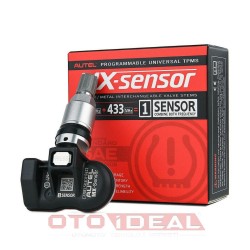
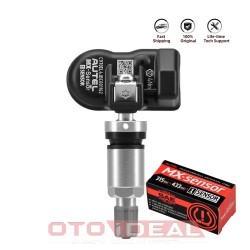
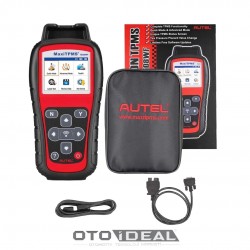
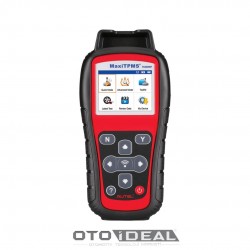
Leave a Comment